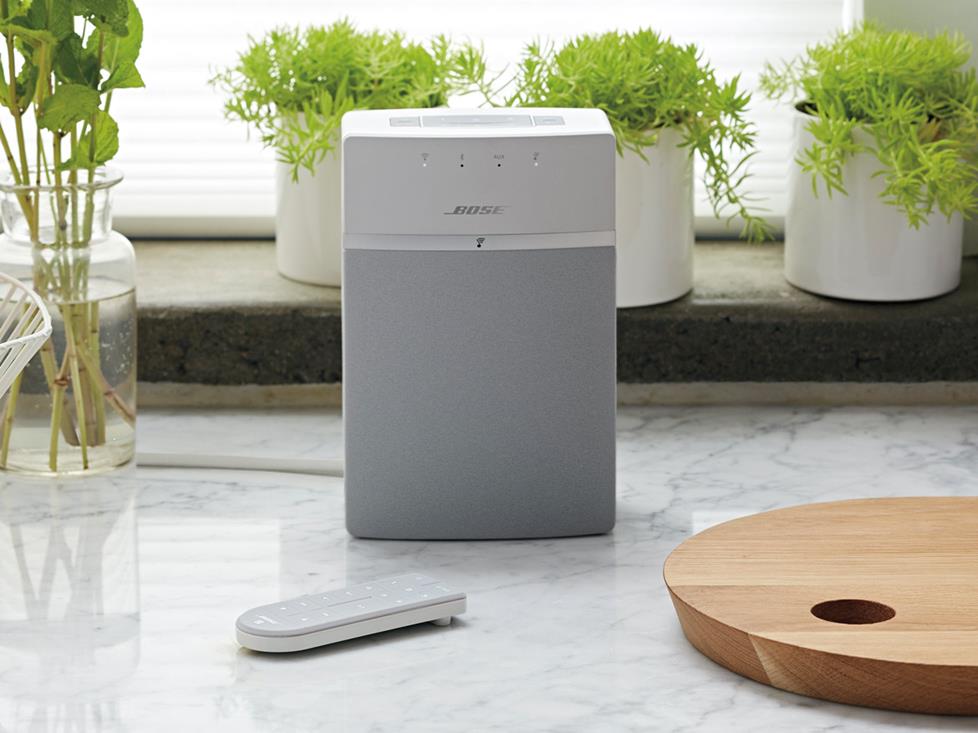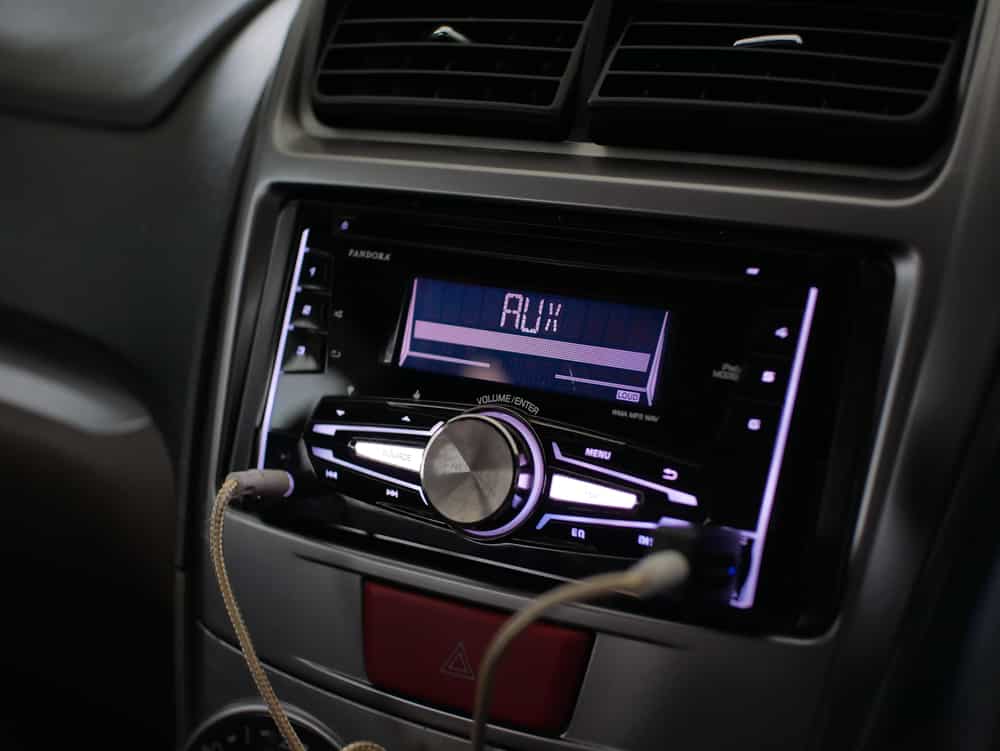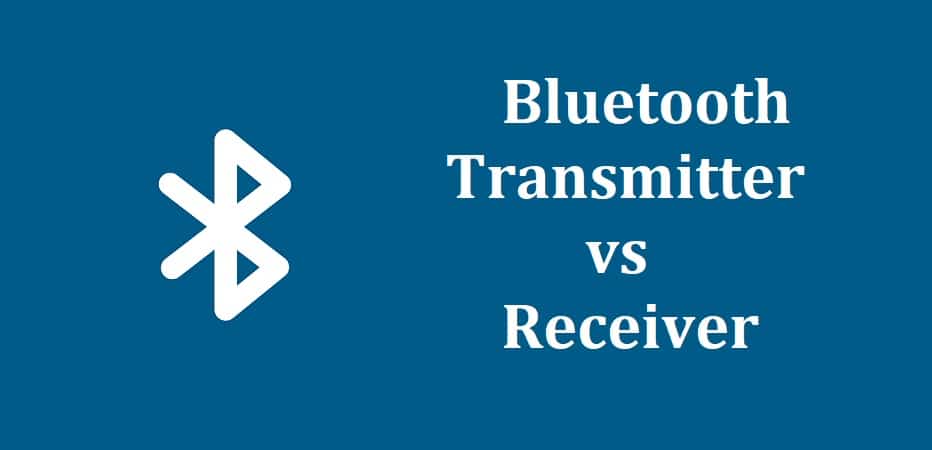

In practice, this means speedy and reliable over-the-air connectivity, leading to faster firmware updates and data uploading. If you want hard stats, we're talking a bandwidth of 2Mbps.



Samsung Galaxy Z Fold 3 (pictured) has Bluetooth 5.2 (Image credit: Future)Ĭompared to its predecessor, Bluetooth 4.2 Low Energy, Bluetooth 5.0 is twice as fast, has four times the range and can transfer eight times as much data. However, Bluetooth 5.3 is far from standard on new products, with recent devices like the Sony WH-1000MX5, Apple HomePod 2 and Ultimate Ears Wonderboom 3 running Bluetooth 5.2 or earlier. It's found in the latest (usually higher-end) devices like the iPhone 14 family, Bose QuietComfort Earbuds II, and Apple AirPods Pro 2. Bluetooth 5.3 is the most advanced version yet – its benefits include greater energy efficiency (meaning longer battery life), a more stable wireless connection over long ranges, and less interference. It also lets you ping tunes from your music source (often, this is your smartphone) to a wireless speaker so you can listen to music out loud at home, in the park or on the beach.įor the purposes of this piece, we're glossing over early iterations of Bluetooth, because if you're shopping for a new budget-friendly speaker or set of wireless earbuds today, the oldest version of Bluetooth you're likely to see on the spec-sheet is 4.2, which was released in 2014. Although an older variant, it is still found in some quality products, often as a secondary option to streaming over wi-fi – see the What Hi-Fi? Award-winning Audio Pro Addon C10 MkII.įrom v4.2, we move to Bluetooth 5.0 (released in 2016), version 5.1 (January 2019), version 5.2 (December 2019) and most recently, Bluetooth 5.3, which was unveiled on 13th July 2021. Bluetooth, as you probably know, lets your devices talk to each other wirelessly without an internet connection – as long as they're relatively close by.


 0 kommentar(er)
0 kommentar(er)
